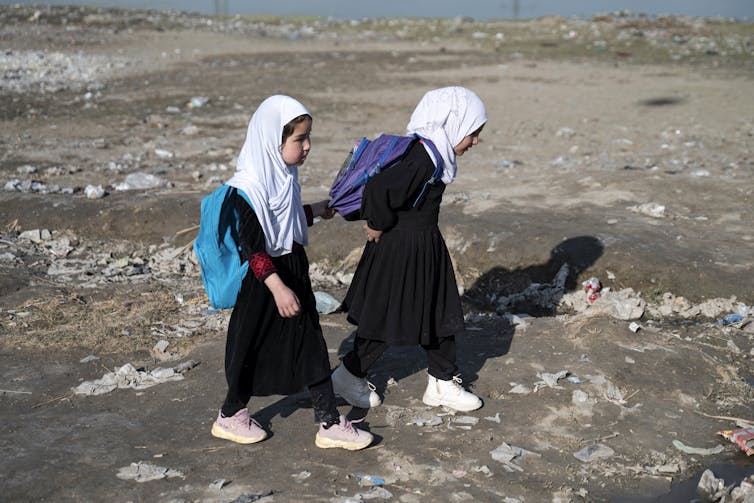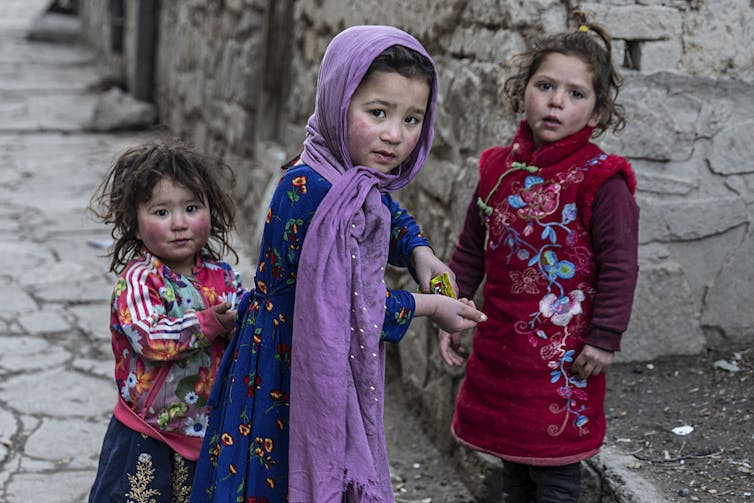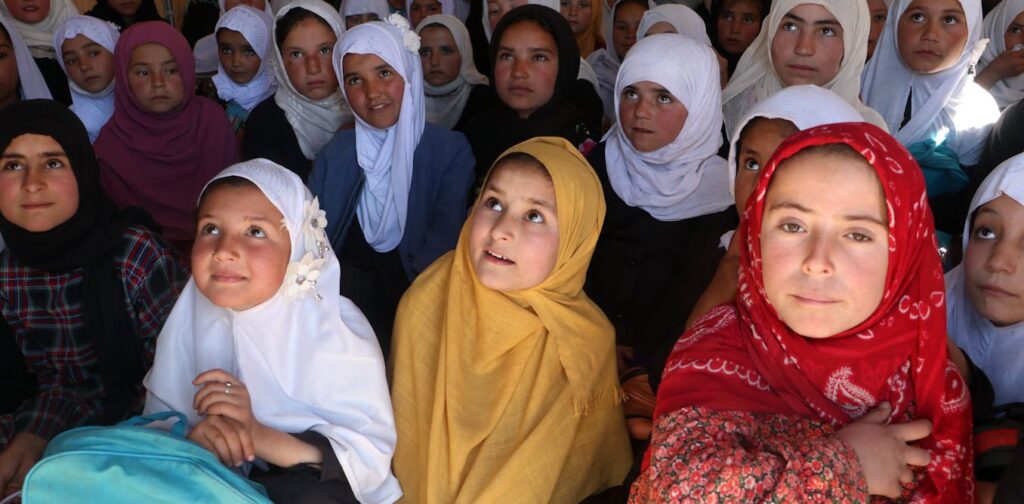Until the fall of the Afghan government in August 2021, girls' access to education had steadily improved.
In 2019, the Ministry of Education introduced the country's first girls' education policy, known as GEP. This policy aimed to improve literacy rates and access to education for women across the country. The National Education Strategic Plan and Girls' Education Strategy also worked to improve gender equality through initiatives such as hiring an additional 30,000 female teachers.
For 10 years, I have been involved in these efforts to advocate for change.
All this stopped when the Taliban took over and immediately outlawed education for girls beyond the sixth grade. Afghanistan is currently the only country in the world that restricts girls' education by law.
If this ban continues, the consequences will be dire. Millions of girls will face abuse and trauma. Families may be forced to leave the country. Moreover, a ban could intensify extremism and lead to billions of dollars in economic losses.
History of progress in girls' education
This is the second time the Taliban has banned girls' education in Afghanistan. The first time was during the previous administration in the late 1990s. When the Taliban were overthrown in 2001, everything changed. International partners, including local communities, civil society, the Afghan government, foreign governments and NGOs, came together to support girls' education. As a result, the number of girls enrolled in school increased dramatically from almost zero in 2001 to about 4 million by 2020.
Despite these efforts, significant disparities still existed. In 2019, approximately 3.7 million children were out of school in Afghanistan, 60% of whom were girls. Of the approximately 9.2 million children attending school, only 38% are girls, even though they make up about half of the population.

Wakil Kohsar/AFP via Getty Images)
Prior to the Taliban's return to power, the government remained firmly committed to promoting girls' education. This included plans to hire new teachers, build new schools, upgrade learning facilities, and increase awareness and social support for the cause.
Taliban takeover
However, the status of girls' education experienced a dramatic setback after the collapse of the government in 2021. Within a month of taking over, the Taliban banned girls from secondary education and canceled more than a dozen education policies, including the GEP. order.
These changes came as a shock to many Afghans. During peace talks in Qatar in 2019 and 2020, the Taliban's chief negotiators pledged to protect women's rights, including the right to education and work.
Protests against the education ban quickly spread across the country, reflecting global outrage. Western countries have urged the Taliban to lift the ban, and many Muslim-majority countries share similar sentiments. The United Nations has urgently called on the Taliban to respect and protect the right to education of Afghan girls. International human rights organizations such as Amnesty International and Human Rights Watch have documented the negative effects of the ban.
Nobel laureate Malala Yousafzai said the ban was part of broader gender apartheid in Afghanistan and called for an immediate end to it. Initiatives such as #LetAfghanGirlsLearn have been launched to rally support for this cause.
According to a report by the Institute for the Study of War, there is some opposition within the Taliban to the ban. Some have publicly criticized the decision and secretly sent their daughters to the school.
The effects of this ban were devastating. Officially, at least one million girls are banned from school. Unofficially, that number may double, and the number will increase each year as girls graduate from primary school. This ban was very familiar to me. My sister was expelled from school in her final year, three months before her graduation.
There is no easy way forward
What are the chances that the Taliban will reverse their ban on girls' education? To answer this question, we need to understand why the Taliban implemented this bold policy and what the potential consequences are if the Taliban continues to adhere to this policy. It is important to understand the impact.
The Taliban initially argued that girls' secondary schools conflicted with patriarchal religious and cultural values that dictated the type of education girls could receive and what role they should play in society. Some Taliban supporters drew parallels to post-revolution Iran's restrictions on girls' education, cited the need to “purify” the educational environment, and called for patience in reopening girls' schools.
This argument contradicts the reality on the ground. Girls' education has received widespread support from Afghans over the past two decades, supported by millions of families. Additionally, many members of the religious community have expressed support for girls' schools, arguing that both boys and girls have the right to education. Afghans from all walks of life continue to protest demanding that schools reopen.
In a second argument justifying the ban, Taliban leaders argued that they were willing to negotiate on important issues such as girls' education in exchange for international recognition of their regime. Rooted in political strategy, this argument suggests that the Taliban see girls' education as a bargaining chip, a tool to achieve their political goals. In essence, they are holding the right to education hostage.

Wakil Kohsar/AFP via Getty Images
The Taliban's third justification stems from fear. Ultra-conservative Taliban leaders who control education policy believe that educated girls do not follow their ideology. They see girls' education as the basis for broader social change that challenges girls' power.
Even if the Taliban were to allow girls to return to school at some point, the educational environment they left behind would not be the same. Rather, it will likely be a system designed along ideological lines that is far from comprehensive and sustainable.
If the trend continues, the implications will be clear. An entire generation of less educated women is more likely to face alienation, abuse, and violence. Banning girls' education deprives half of the population of their potential and hinders social and economic progress. If this situation continues, Afghanistan will plunge into deep poverty and face persistent global isolation, exacerbating the country's existing challenges. Banning girls from schools poses a threat far beyond Afghanistan's borders.


